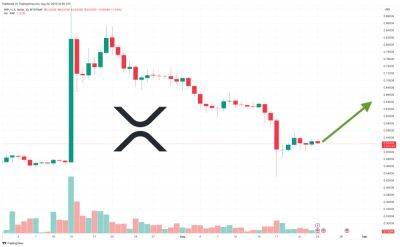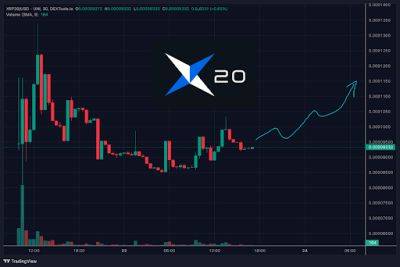5 smart contract vulnerabilities: How to identify and mitigate them
Smart contracts, the self-executing code on blockchain platforms, have transformed industries by automating processes and enabling trustless transactions. However, their complexity can also make them susceptible to vulnerabilities that could be exploited by malicious actors.
This article will delve into five common smart contract vulnerabilities, explore their potential impacts, and provide insights into how to identify and mitigate them effectively.
Reentrancy occurs when an attacker repeatedly calls a vulnerable smart contract function before the original transaction is completed. This can lead to unexpected behavior and result in the contract losing funds. To mitigate this, ensure that the contract’s state changes are made before interacting with external contracts and implement checks to prevent multiple calls.
Integer overflow or underflow happens when a variable exceeds its maximum or minimum value. Attackers can exploit this to gain control over the contract. Use safe math libraries to handle arithmetic operations and prevent these vulnerabilities from occurring.
Flaws in access control can grant unauthorized users the ability to manipulate the smart contract. To address this, adopt the principle of least privilege, limiting access to sensitive functions and data only to authorized users. Implement robust authentication mechanisms to prevent unauthorized access.
Related: What is a smart contract security audit? A beginner's guide
Smart contracts sometimes interact with external contracts. If not properly validated, these external calls can introduce security risks. Implement strict validation checks and use interface contracts to interact with external contracts, reducing the potential attack surface.
Bugs in the
Read more on cointelegraph.com





















